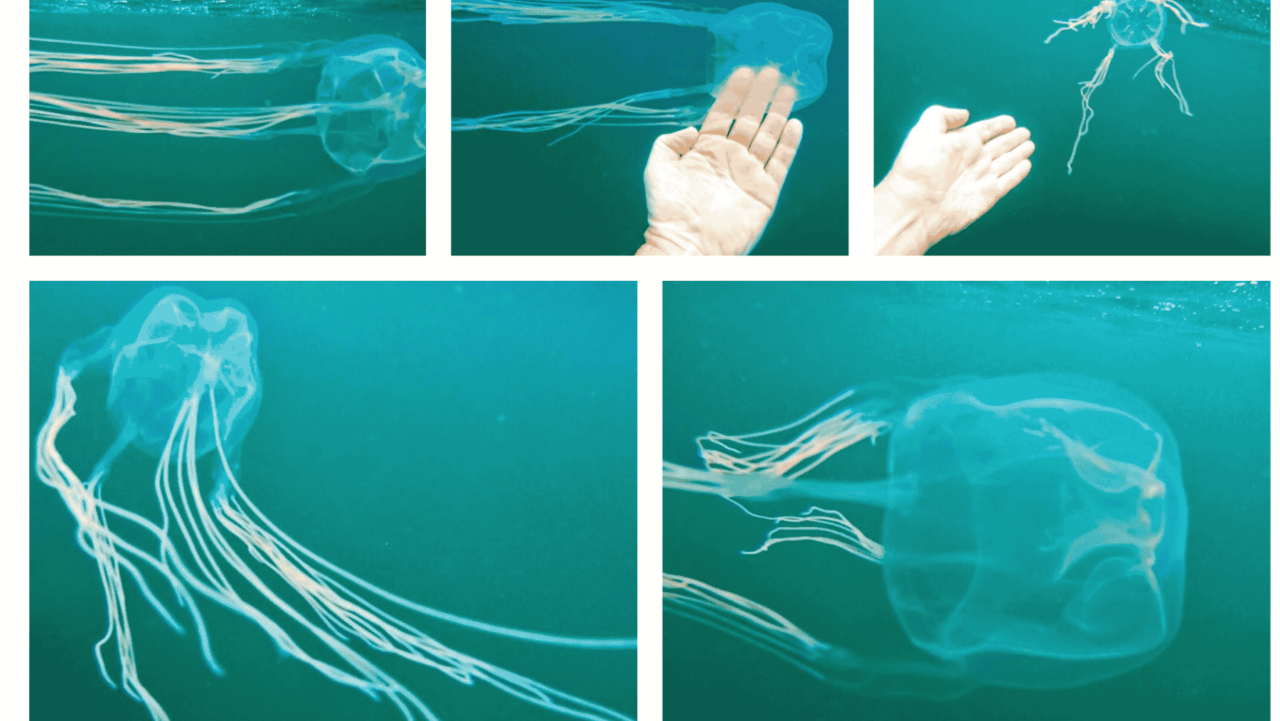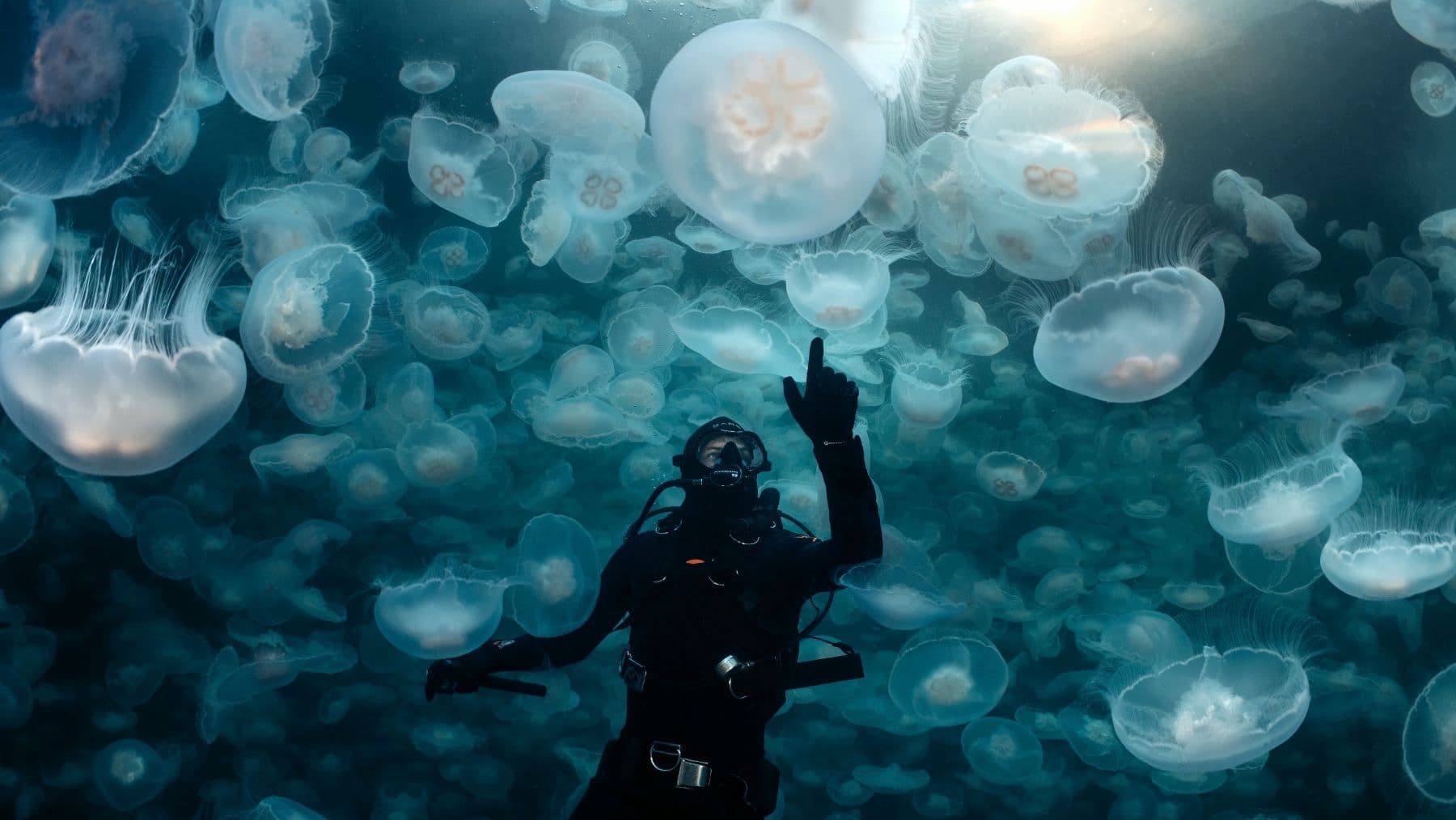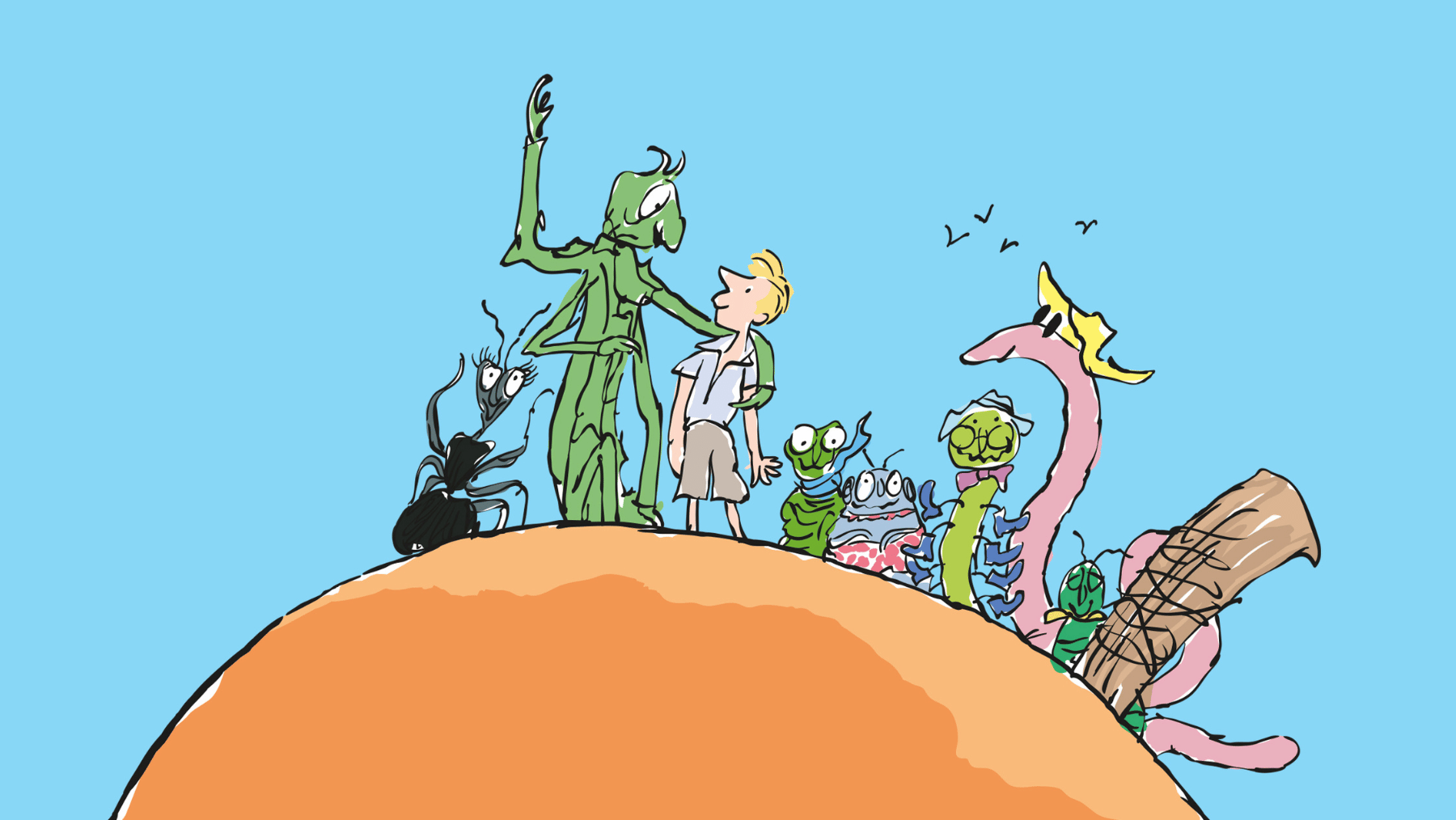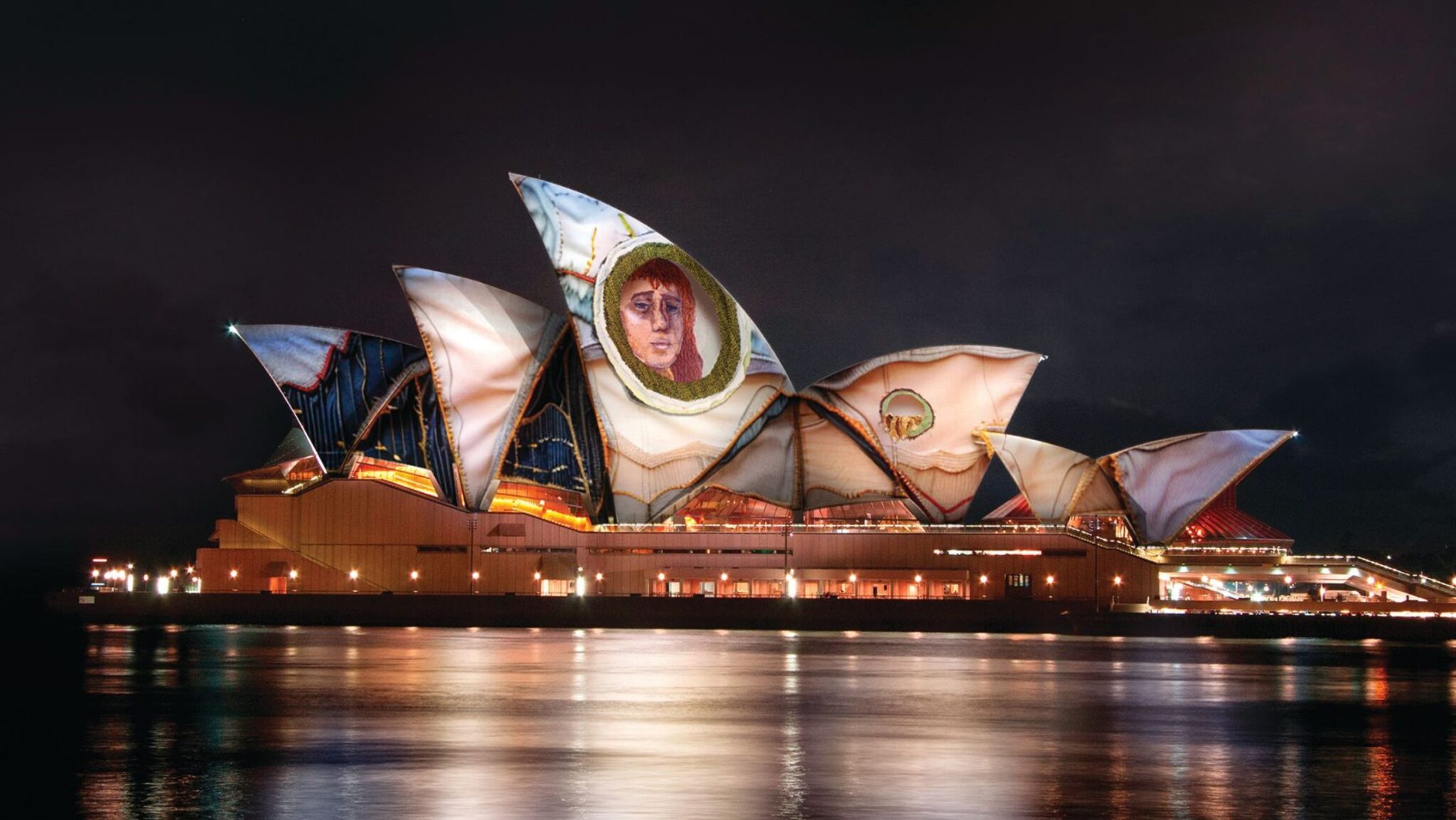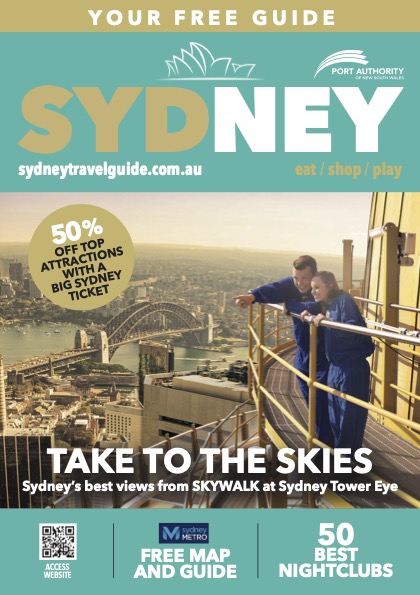Sydney’s coastline is shaping up for an increase of majestic ‘jellyfish blooms’, thanks to warming waters and shifting ocean currents.
All signs point to a coastline popping off with jellyfish blooms over the coming months. This freaky yet mesmerising natural phenomenon is where thousands of these gelatinous blobs gather, floating just beneath the surface in a wild, trippy display. We’re talking kilometres of these jellyfish drifting like squishy UFOs.
If you haven’t seen one, jellyfish blooms are a quasi mass migration, with countless jellies clustering together when ocean currents and warmer waters make everything ripe for reproduction.
Earlier this year, Shelly Beach in Manly saw one of these mind-bending scenes when thousands of Jelly Blubbers swarmed the waters, creating an eerie, hypnotic display. The Jelly Blubber (Catostylus mosaicus) is no stranger to Sydney’s waters—they’re one of the most common species on the east coast, but seeing them in these kinds of numbers is still something to gawk at.
Photographer David Phan was out there, pushing his luck, snorkelling right through a massive bloom. “Be warned as they do sting!” Phan says, after getting stung “hundreds of times” while filming the event. While Jelly Blubbers stings are more irritating than dangerous, swimming through a bloom of them is still pretty brave.
No wetsuit, no problem—just pure determination (and a high pain threshold). His video captures the jellyfish in all their freaky glory, hovering like alien orbs in a mermaid raver’s paradise.
Why are there so many jellyfish in Sydney?
So, why are we seeing these blooms more often? Spoiler: like most nature stories in 2024, it’s the climate crisis. The warmer waters off Sydney’s coast are making jellyfish feel right at home, allowing their populations to explode. These jellies start as polyps, little critters clinging to rocks and reefs, and when the water warms up, they start multiplying like there’s no tomorrow.
Basically, when conditions are right, these polyps start spitting out jellyfish by the hundreds, and before you know it, you’ve got a full-blown bloom. And it’s not just a cool visual—these massive blooms can mess with the local ecosystem, gobbling up fish eggs and competing with other marine species for food. As ocean temps continue to rise, scientists are getting used to seeing more of them.
Where to to see – or avoid – a jellyfish bloom in Sydney
If you’re into checking out these psychedelic showoffs, there are plenty of places around Sydney. But if you’re the kind of person who’s more into avoiding them, we’ve got you covered too.
- Jelly Blubbers: Like we said, these guys are all over Sydney. You can find them hanging out in estuaries and harbours—places like the Hawkesbury and Pittwater are their main spots. But don’t be surprised if you see them near Avoca, Woolloomooloo Wharf or off Manly Beach, as Phan’s video shows. They’re usually creamy white or fawn-brown, but up north they turn blue thanks to their diet.
- Moon Jellies: These translucent little floaters are another common sight, drifting around sheltered bays. If you want to see them up close without getting stung, SeaLife Aquarium has a blacklight zone that makes them glow in the dark—kind of like a jellyfish rave.
- Bluebottles: These guys? Total jerks. Known as the Portuguese Man-of-War, Bluebottles are the beach buzzkillers we all know and fear. Their venomous tentacles pack a painful punch, and they’re responsible for thousands of stings every year on the east coast. They’ve been turning up all over Sydney’s beaches this summer, with Maroubra and Bronte copping the worst of it.
- Box Jellyfish (Maybe): Box jellyfish sightings in Sydney are rare, but last year some swimmers near Shark Island, off Cronulla, freaked out when they spotted what looked like the lethal species – snaps below. Scientists are still debating if they were real Box Jellies or just Jimbles—another jellyfish species that’s less deadly but still packs a sting. Either way, keep an eye out if you’re swimming down south.
For live updates on jellyfish blooms and encounters, The Jellyfish App lets you check out sightings near you and even tap into a global map to see where the next bloom might be happening. Whether you’re keen to catch a glimpse of the blob show or want to avoid them like the plague, it’s a handy tool to have.
Sydney’s jellyfish blooms might not be for the faint of heart, but they’re one of the wildest natural phenomena the city has to offer. Have you ever seen a jellyfish bloom? We’d love to hear from you in the comments!
